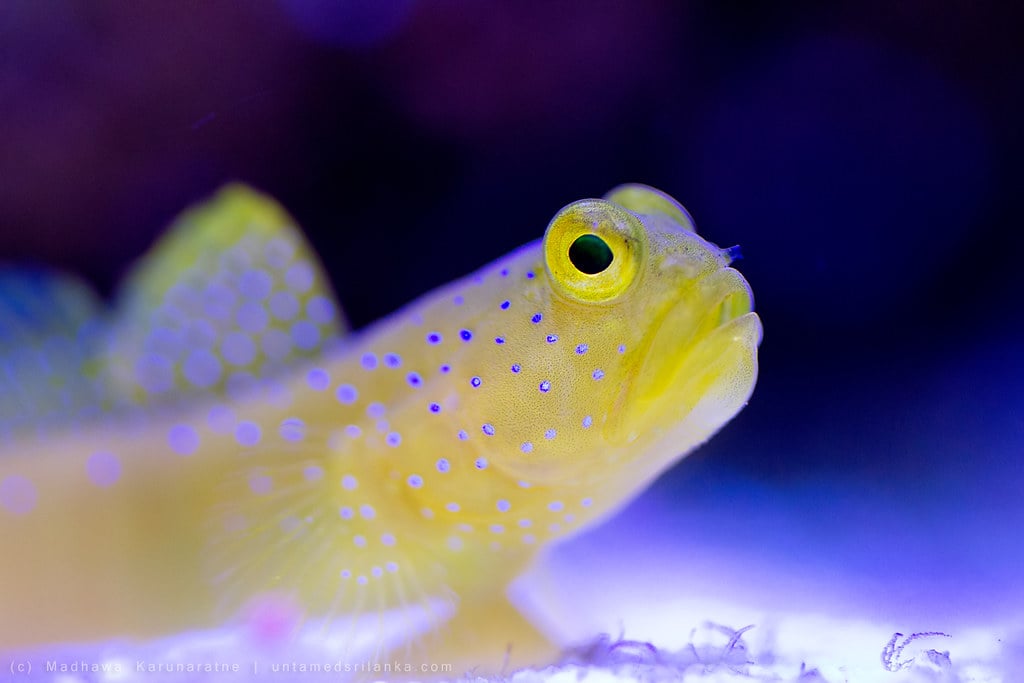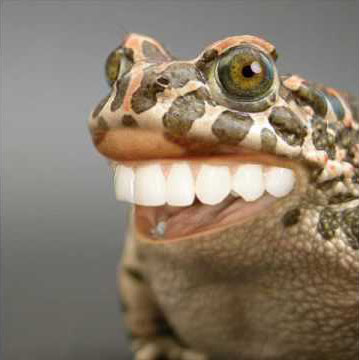I’ve been fighting it for awhile. Various nutrient levels, light levels, etc. Considering getting a nerite snail, but heard they can be a bit of an escape artist. Any tips?
First thing to do is remove as much as you can by hand. I usually twirl it around a barbecue skewer and pull gently until I get a good wad of it, like getting cotton candy onto a cone. Keep doing that until you can’t find any more clumps.
Next, do a water change to reduce available nutrients in the water column. If you use plant nutrients heavily or tend to overfeed like I do, 50%+ is a good place to start when it comes to starving out hair algae. Keep doing water changes on a regular basis (I shoot for 10-25% every week, but in reality it’s usually every two or three weeks) to keep the overabundance of nutrients in check.
You can spot-dose store bought hydrogen peroxide (the regular 3% kind) with a dropper onto remaining patches of algae; they should start to die off immediately and change color to red or brown. Those bits can then be pulled out or siphoned up. Used in small amounts (like a couple droppers’ worth, not a quarter bottle), peroxide shouldn’t hurt anything in your tank and will quickly break down to water and oxygen.
After those initial steps, keeping control of hair algae involves getting your plants to outcompete it for food. One really easy way to do that is to add more plants and keep using the same amount of fertilizer. You’ll know when to increase your dose when the plants start looking like they’re deficient or not growing as well as before; make small changes and wait at least a few days to see how they respond.
Aside from more plants, a nerite snail is a great addition to your cleanup crew. I’ve never had one try to escape before, but a female nerite will lay eggs on your hardscape. They’re small and white and look like sesame seeds. The eggs won’t hatch in fresh water or harm your tank.
Good luck! I know hair algae is a hassle and hope this works for you.
Thank you! These are all good tips. My tank is small, so there’s probably an overabundance of nutrients. I’ll cut back. I do large weekly water changes, but you’ve given me some ideas.
Does the hydrogen peroxide carry a high risk for fish and invertebrates? I know copper can really hurt shrimp (I wouldn’t go nuts with peroxide anyways)
Squirt it right on top of the algae, not in the area. Peroxide’s not a dangerous toxin that lingers, but it’s reactive oxygen that disrupts bonds. (That’s its sanitizing super power.) It can chemically burn if left in contact with skin for too long, so I wouldn’t risk using it on hardscape inverts are sitting on or too near your fish. (The burns aren’t serious for humans but I don’t know how a fish or snail would do before the peroxide dissociated.)
If you need to, put some tank water into another container and treat your hardscape in that so you don’t risk anyone’s safety.
Thanks! Good ideas. I love my cherry shrimp, but they have no concept of fear and generally swim towards danger, while my fish swim away from danger, haha.
It’s true; we love the dwarf shrimp for their looks, not their abundance of caution.
All this plus consider reducing the amount of time your lights are on.
First of all, you need to determine your triggers. These are likely too much light and/or too much nutrients. Is it a planted tank? One of the first things I did for this issue was to add more plants!
As for what you can do beyond triggers, a good clean up crew helps a lot. I don’t have to worry much about any algae thanks to my team of mystery, nerite, rabbit snails in addition to some Hillstream Loaches and Siamese algae eaters.
I also use the twirl technique for longer strings of hair algae, easy clean up!
Thank you!
I guess you already tried it but lowering light levels is the best way to deal with algae IMO. For hair algae I also recommend manual removal. Just stick your hands in there and pull it out. It’s more effective that you would think.
Thank you! I might try to reduce light levels even more.




